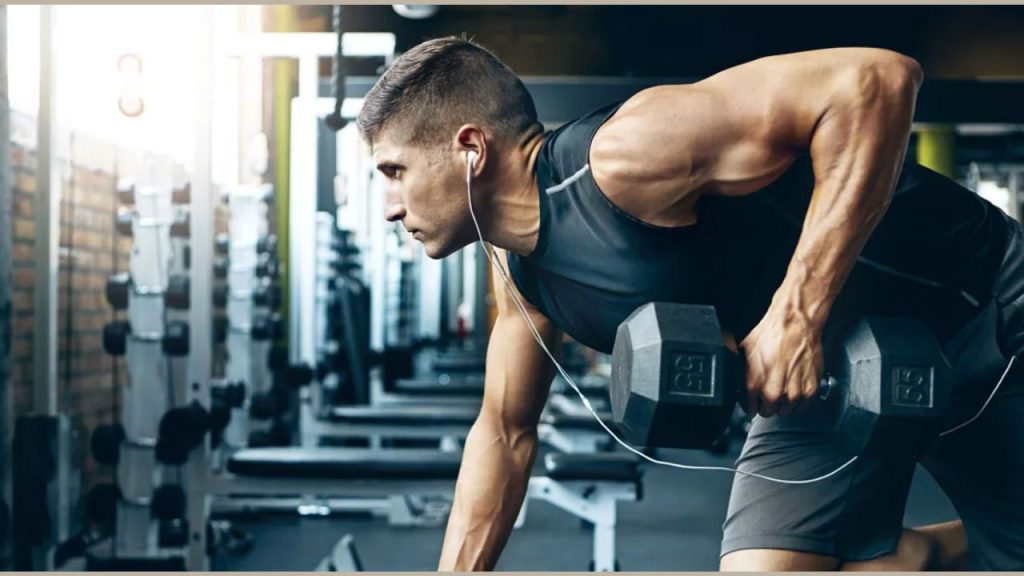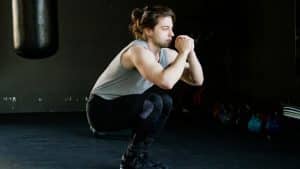It doesn’t matter how many fancy new supplements and technologies the longevity industry develops. Two things are always going to be the most basic building blocks for improving your lifespan. One is diet, and the other is exercise. To live longer – and to live healthier – you need to implement the best possible workout routine for you.
The precise details will be unique to you, your distinctive physiology, your specific goals and what feels best. Still, there are a few principles to bear in mind, like the four basic pillars:
. Stability: One hour, split into 5- to 10-minute blocks before your other workouts
. Strength: Three 45- to 60-minute full-body workouts targeting all major muscle groups
. Aerobic Efficiency: Four 45- to 60-minute zone 2 cardio workouts
. Anaerobic Performance: One 30-minute VO2 max workout
Start with stability. You can work on it for six months before you even begin to think about the other pillars. It puts you in a better position safety wise, providing a strong foundation that reduces the risk of injury in your strength and cardio workouts. One option is dynamic neuromuscular stabilization (DNS) to retrain your brain and body together.
Strength training can also be broken down into separate categories:
. Grip strength: The power in your hands, like in pull-ups and weighted carries.
. Concentric and eccentric loading: Keeping control as you raise and lower weights.
. Pulling motions: The sort of thing you do every day, such as when lifting a bag of groceries. Use rows and pull-ups to work on different angles.
. Hip hinging movements: Higher-risk movements like squats, deadlifts and lunges that are suitable for all practitioners.
Blood flow restriction training (BFR) can make strength training more effective, even with lower-intensity workouts.
Using zone 2 workouts for your aerobic training means a lower-intensity session, but one that lasts longer. Treadmills, ellipticals, running, cycling, swimming and rowing can all provide what you need: a sustained period of activity lasting for at least 40 minutes.
VO2 max is a way of measuring cardiorespiratory fitness. Focusing on that in your anaerobic training means longer but slightly less intense workouts than the traditional sprints. You still need to rapidly increase your heart rate and work as many muscles as possible, which may involve running or cycling again. Four-minute intervals are good, followed by the same recovery time.




